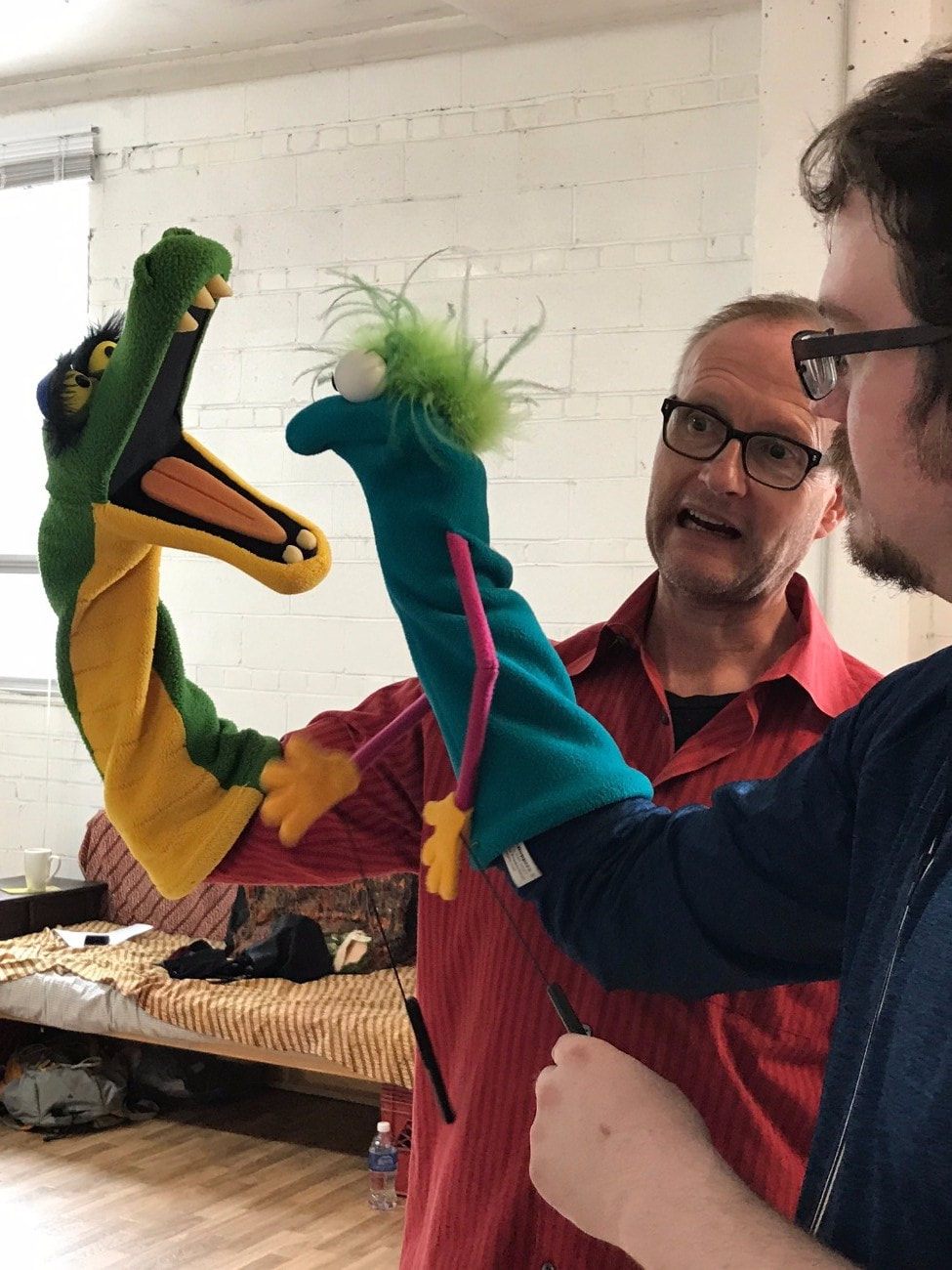

Učiace sa spoločenstvo je charakteristickým fenoménom inkluzívneho vzdelávania. 072UK-4/2019 s názvom: Formovanie učiaceho sa spoločenstva v inkluzívnej materskej a základnej škole. Publikácia je plánovaným výstupom k aktuálne prebiehajúcemu projektu KEGA MŠVVaŠ SR č. Zámer vznikol v diskusiách o problémoch prechodu k inkluzívnemu vzdelávaniu, ktoré viedli k voľbe zamerania katedrových projektov. Máme nádej, že prispeje k poznaniu nových možností a k lepšej orientácii v inkluzívnych premenách súčasného vzdelávania. Táto publikácia má slúžiť ako vysokoškolská učebnicu pre študentov pedagogických odborov. Children can use the puppet to project their own problems onto and to find solutions for their problems and concerns, by advising the puppet and asking it questions.

It offers a trusted figure who experienced similar things. Overall, the use of a hand puppet in DV shelters seems beneficial for children living in DV shelters.

We derived three themes from the interviews with the interviewees: ‘Tony is nice and funny’, ‘Tony is just like us’, and ‘Tony invites us to ask questions and give advice on sensitive topics’. We used thematic analysis for interpretation. We conducted in-depth interviews with 11 children, 15 mothers, and 18 professionals involved in the program. As the use of the puppet is a distinct aspect of the program, this study aims to explore the experiences of children, mothers, and professionals with a hand puppet in three Dutch organizations providing shelter services. With hand puppet ‘Tony the Turtle’, the program aims to develop self-regulation skills for children, while increasing the sense of safety and addressing children in a personal and playful way. These findings have an applicable contribution in presenting the effectiveness of the puppet as a mediation tool for use in kindergarten and with special needs children.Ī support program ‘Time for Tony the Turtle’ has been developed for young children residing in Dutch domestic violence (DV) shelters. By using puppets, they succeeded in creating a close personal connection with the children. During the puppets mediation, the mediators felt that they were teaching in a clear manner, and they felt they were being interesting and. The puppets contributed to the mediators' self-confidence and to their sense of professionalism. Mediation using puppets facilitated learning processes, while using puppets, children's cooperation level increased, as did interest, attention span and their involvement in learning interaction was evident. From the interviews it became apparent that the mediators considered the puppets to be an effective tool for young children's developmental aspects, by means of which they could relate to cognitive, emotional, and social realms. This evaluation was carried out by means of personal interviews with each of the mediators at the end of the intervention program. One of the aims of this research was to evaluate, from mediators' perspectives, the use of puppets as a mediation tool for kindergarten children. This article presents partial results of a broader study that examined the influence of an intervention program integrating a puppet as a mediation tool on learning motivation, and enhancing literacy achievements in regular and special kindergarten children. However, there is limited research literature relating to the use of puppets as a teaching method, and therefore a methodology based on measurement and evaluation is lacking in this field. The effectiveness of using puppets in early childhood has been demonstrated in clinical areas as having the potential to create communication, increase involvement and change attitudes. Teaching that generates significant learning and creates motivation, interest and enjoyment in young children is a real challenge in contemporary education. A focus of interest among researchers and educators is to find teaching methods adjusted to developmental aspects in early childhood.


 0 kommentar(er)
0 kommentar(er)
